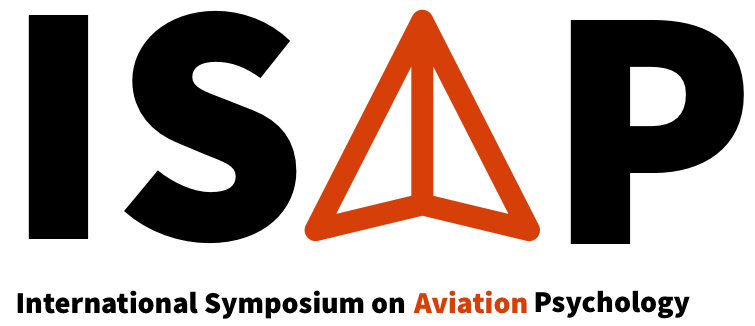
1915 in Aviation History
One hundred years ago aviation was still a relatively new technology, but events were forcing it to develop very quickly. On Jan 1, 1914, the first scheduled commercial flight flew from St. Petersburg to Tampa Bay, Florida for a one-way fare of $5. In 1915, World War I had already started and aviation had certainly paid an important role.
First of all, it was obvious that aviation could be used for reconnaissance. Better knowledge of opponent’s location and strength was always useful for deploying troops in the face of an opponent. Traditionally, determining such information was a function of cavalry units. But observers raised to great heights in balloons could see great distances and might even be able to spot the fall of artillery in the opponent’s lines in real time. Unlike balloons that were connected to the ground by wires, fixed-wing aircraft were able to move beyond the front lines and see much more than the opponent’s front line deployments. Great efforts were made to equip such aircraft with cameras suited for taking photographs that provided information for more analysis back at headquarters. This was the birth of aerial Intelligence, Surveillance, and Reconnaissance (ISR) which has only grown in importance since that time. Designing the cameras to provide the data and procedures needed for producing photographs that could aid actionable decisions required application of the sciences of optics and visual perception, and such R&D was underway in 1915.
With the birth of tactical and strategic bombing that included long range bombing by fixed-wing aircraft or zeppelin, it was found that hitting anything accurately from an aircraft was a much more challenging proposition than anticipated. Developing sights to aid the bombing crew to predict the fall of bombs was another research area that took into account, and further developed, the available knowledge regarding human perception and action.
Certainly, with ISR and bombing aircraft flying around, it became a priority to find ways to try and knock down the intruders. Once again, the task turned out to be much more challenging than was originally appreciated. In particular, hitting one moving aircraft from another moving aircraft involved physics that was much too daunting for the unaided human. The search for a solution led to the birth of both anti-aircraft artillery and the fighter aircraft. The French solution was to simplify the aiming task by allowing the machine gun to fire straight ahead through the aircraft’s propeller arc. This meant that the aiming could be accomplished by maneuvering the entire aircraft and it’s effectiveness was ably demonstrated by French pilot Roland Garros. Improving on the technique, the Germans developed the Fokker E.1 Eindecker aircraft that was flew by fighter aviation pioneers such as Max Immelmann and Oswald Boelke.
Although the United States had not entered World War I in 1915, there were aviation developments nevertheless. On a somewhat melancholy note, Orville Wright sold the Wright Company, which he and his late brother Wilbur had founded.The Wright Company was merged with the Glenn L. Martin Company to create the Wright-Martin Company. Although Orville Wright remained an involved and respected elder statesman of aviation for the rest of his life, the sale of the company and the incredibly fast development of aviation technology spurred on by the war showed that aviation was leaving its childhood behind.

Figure 1. Katharine Wright, wearing flying goggles, and Orville Wright sitting in a Wright Model H Flyer. Note on back, “Note vertical radiator made out of speaking tubes. Also note brake against wheel.”

Figure 2. Hawthorn Hill was Orville Wright’s home from 1914 to 1948.

Figure 3. Orville and Katharine Wright sitting on the porch of the Wright Hawthorn Hill home.
